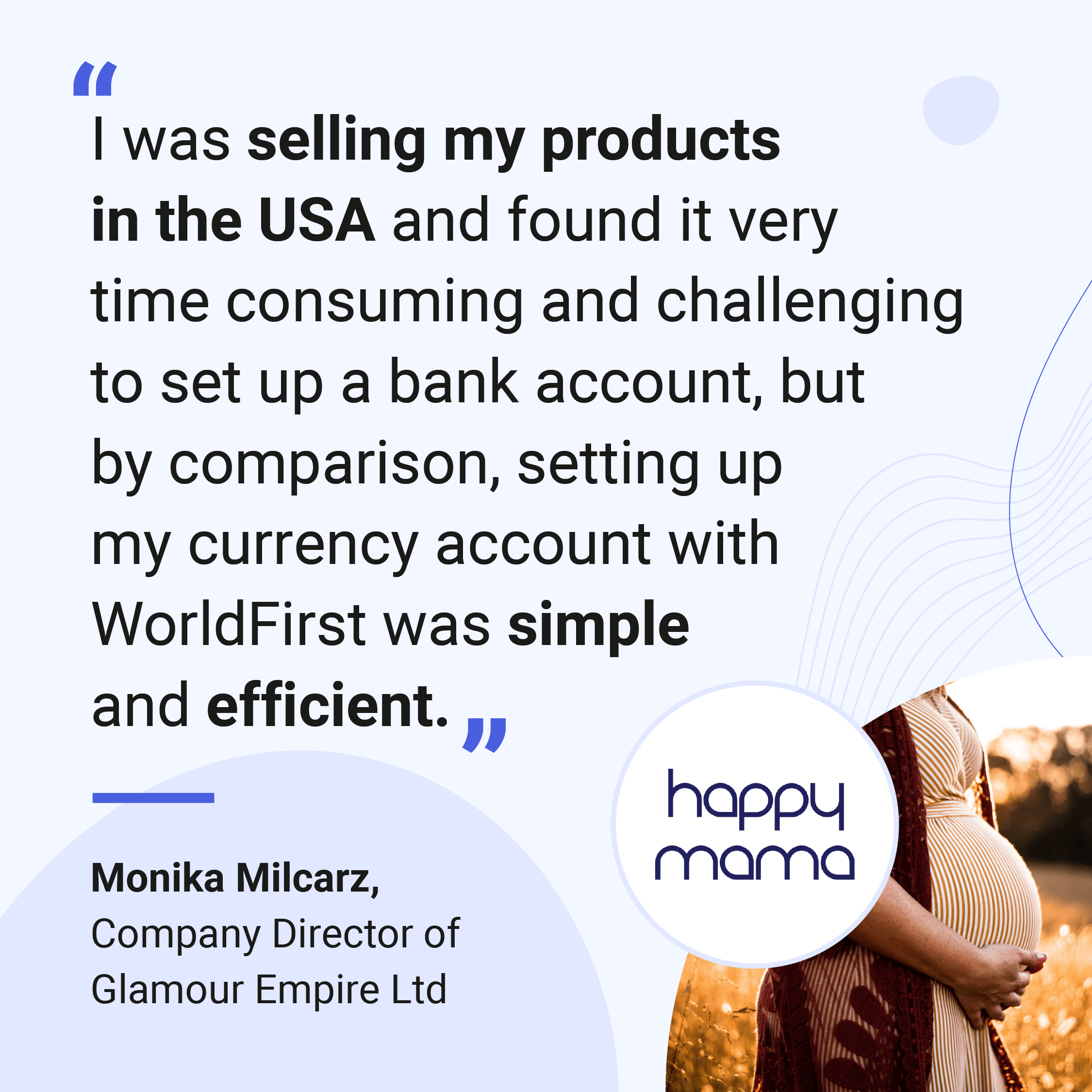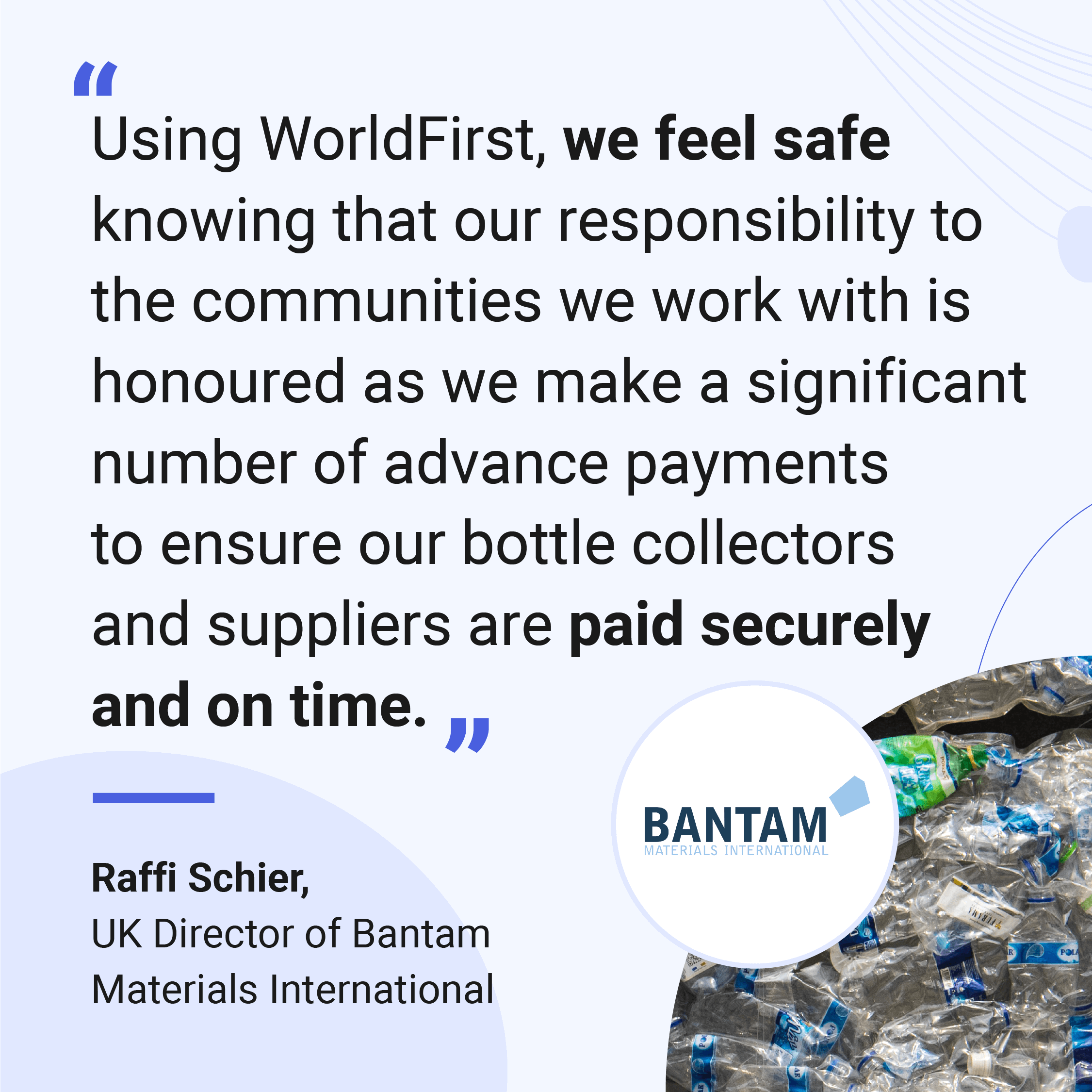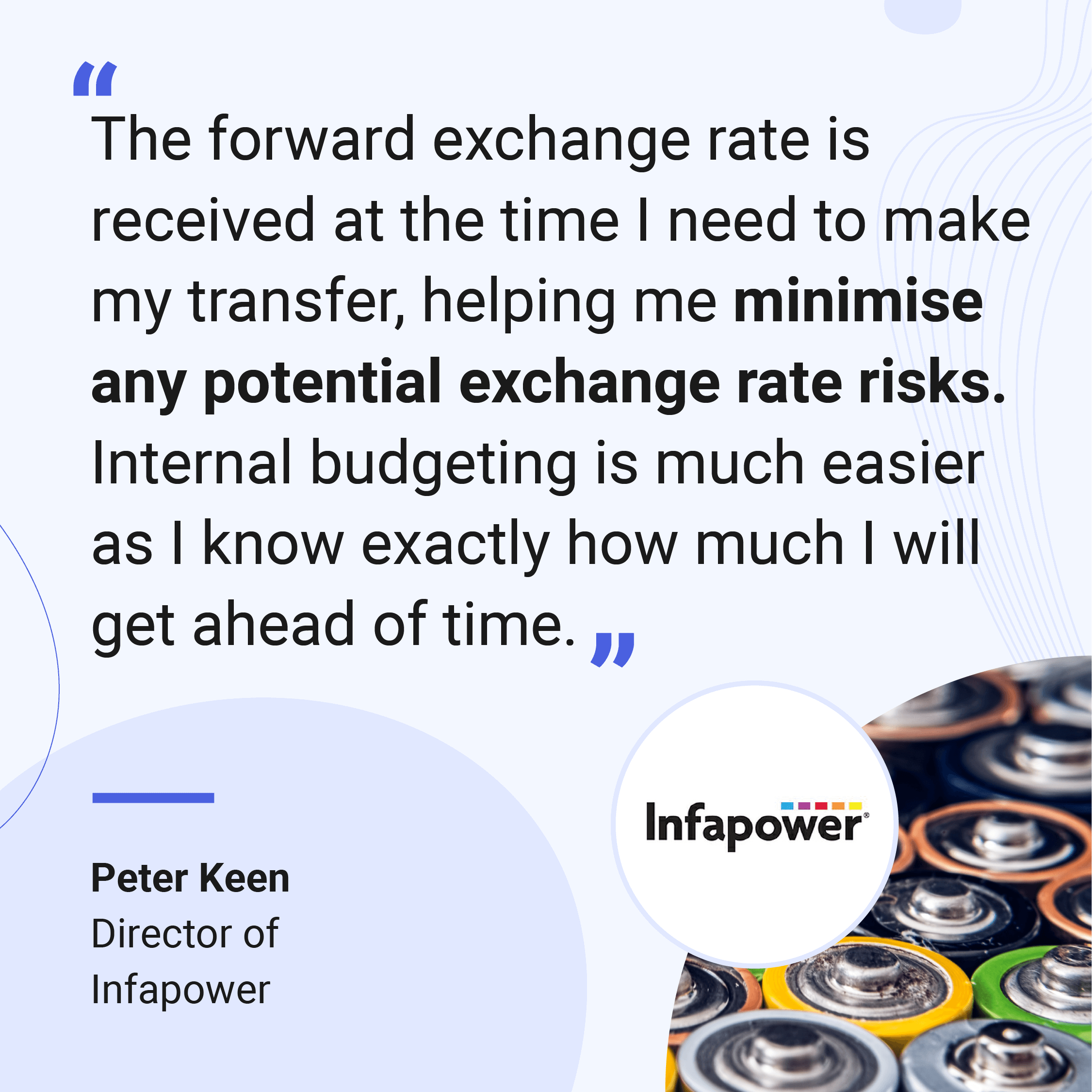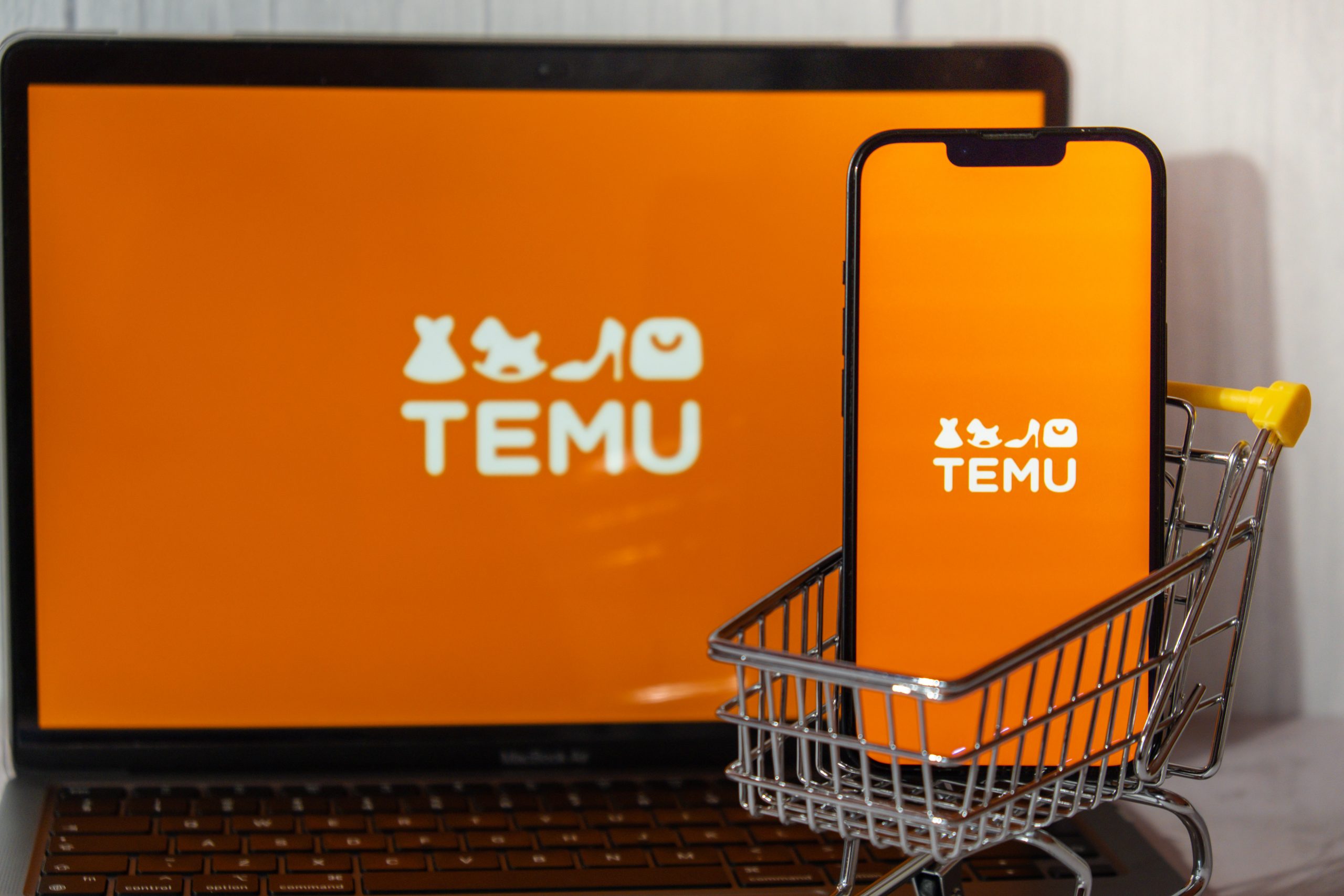
In the space of only a generation, we’ve witnessed a commerce revolution so complete that the pre-millennium retail landscape would be unrecognisable to modern eyes.
With same-day delivery now as routine as air travel, the whirlwind evolution of the e-commerce industry has been supported by a backbone of logistical infrastructure which has changed in tandem with it.
And as COVID-19 rewrites the political, economic and sociological history books, that omnipresent theme of change is more pronounced than ever.
The benefits of Fulfilment by Amazon
Fewer innovations have played as formative a role in the evolution of e-commerce logistics as Amazon’s Fulfilment by Amazon (FBA) programme.
The game-changing programme was created to take the heavy lifting of order fulfilment out of sellers’ hands, with Amazon handling packing and shipping, and participating sellers simply sending their stock to an Amazon fulfilment centre for a small fee in return.
Almost universally welcomed by sellers upon its initial roll-out, the programme has historically been praised as a convenient way to free up time, save on storage space and benefit from Amazon’s reputational clout (notably, FBA sellers automatically qualify for the coveted Prime badge).
While FBA isn’t free, the general consensus among participating sellers is that the programme makes up for its attendant reduction in profit margins by generating a significant boost in sales volume.
Amazon’s FBA restrictions
Any discussion of Amazon, though, as with virtually every industry in the 2020 economy, must be punctuated by an asterisk we’ve come to treat as an inevitable feature of modern-day discourse: “But due to COVID-19… ”
As such, many FBA sellers will be looking back wistfully on the days when they could ship into FBA without constraint. Recent shipping restrictions mean that sellers will only be able to hold a limited amount of inventory in Amazon FBA for the foreseeable future.
Individual limits also apply to individual products. Frustratingly, there’s no established standard as to how much your stock will be affected, meaning that the only way to be sure is to check from within your own account on an ASIN-by-ASIN basis (this can be done through the Restock Inventory page).
Amazon’s rationale is easy enough to understand. The volume of stock processed by their FBA fulfilment centres normally increases by 15% year-on-year. The e-commerce megalith’s stratospheric growth during the pandemic, however, has propelled that figure to around 50% – and creating space fast enough to accommodate that increase has proved challenging.
Keeping an eye on your Inventory Performance Index
Inventory Performance Index (IPI)was not a widely understood metric before the FBA restrictions.
Sharing visual similarities with credit scoring, the enigmatic index has historically been used by Amazon as an internal measure of the “productivity” of sellers’ stock. Following the announcement, however, Amazon have alerted sellers that they’ll be paying close attention to their IPI scores when it comes to determining individual shipping limits.
While the exact metrics that go into determining IPI remain a closely guarded secret, Amazon have disclosed that the following factors play a significant part:
- The amount of excess inventory held by sellers. Less excess equals a greater score.
- Inventory sell-through rate. The usual best practices apply when looking to improve sell-through: Optimising your product detail pages for mobile search, increasing your reviews and adding conversion boosters like A+ Content will all stand you in good stead.
On 1 September 2020, Amazon imposed storage volume limits on all sellers with an IPI of below 500.
Thanks to a subtle yet crucial bit of fine print though, even sellers meeting the minimum IPI threshold aren’t out of the woods just yet.
While an IPI of 500+ will give sellers an exemption from storage volume limits, all products on Amazon are currently subject to restock quantity limits. The key difference is that the former is based on physical storage space, while the latter is based on quantity. Again, these limits apply on an ASIN-by-ASIN basis and will continue to affect anyone selling in the UK, EU and US marketplaces.
Even still, making friends with your IPI now is likely to serve you well as the second half of the year develops. Amazon have raised the threshold before, and it would be foolish to discount the possibility that they’ll raise it again. Furthermore, we’re living in a turbulent economy, and what’s viewed as a relatively obscure metric today could easily be a central fixture of the e-commerce landscape tomorrow.
Sellers with any experience on Amazon will know better than to look for a magic bullet. The bottom line echoes the universal best practices we’re all used to hearing: The better the aggregate performance of your inventory, the less stringent your restrictions will be.
Taking back control
The restrictions come hot on the heels of Amazon’s recent announcement that they will shortly be ending Pan-European FBA for UK-EU sellers. Combined with the impending seasonal hubbub of Q4, this turn of events could represent a perfect storm.
Major supply chain restructuring is likely to be necessary for overseas sellers, and sellers who normally ship directly from their manufacturers into FBA. Sellers who ship to FBA by sea have been hit particularly hard by the measures. Confusion has abounded over what’s going to happen to inventory currently in transit by sea when it arrives at Amazon’s fulfilment centres.
It remains to be seen to what degree sellers will pursue alternative fulfilment options, but one thing is clear: Now more than ever, sellers are overwhelmingly likely to benefit from taking their logistics into their own hands.
Alternative fulfilment options for sellers
Considering the time of year (it’s not uncommon for sales in some categories to triple during Q4), sellers may benefit from ensuring that they have sufficient fulfilment options in place to accommodate an increase in order volume.
The million-dollar question is a simple one: How should FBA sellers handle their logistics now?
Fulfilment by Merchant
The traditional alternative to FBA, Fulfilment by Merchant (FBM) does exactly what it says on the tin. Participating sellers are responsible for fulfilling orders themselves, shipping their own products directly to customers.
Whether the programme makes financial and logistical sense will depend on the seller’s particular niche, but the advantages are myriad:
- Ability to save on FBA fees.
- Greater control over the day-to-day running of your business.
- No limits on stock volume – an advantage that will be crucially important to those who’ve found themselves squeezed by Amazon’s FBA restrictions.
The trade-off, of course, is greater responsibility. FBM sellers must make their own arrangements when it comes to shipping and inventory storage – the desire to cut down on which is often what drives merchants towards FBA in the first place.
Seller-Fulfilled Prime (SFP)
It’s no secret that the Prime badge can provide game-changing benefits to Amazon sellers.
Drastically improved order volume, greater search visibility, and Buy Box advantages are well-documented by those granted access to the Prime moniker – historically the preserve of those enrolled in FBM.
Those advantages provide the basis for Seller Fulfilled Prime, a scheme whereby sellers can leverage the Prime badge while retaining the ability to fulfil orders themselves.
Given the prestige of Prime status, it should come as no surprise that Amazon require extremely high performance standards from those looking to enrol in the programme.
Participants must be able to deliver 99% of products on time and adhere strictly to Amazon’s return policies. Herein arises what is perhaps the most notable disadvantage of the programme: Sellers must bear the cost of providing the lightning-fast shipping associated with the Prime badge.
All in all, SFP may be thought of as a higher-stakes offshoot of FBM. While the performance requirements are not to be taken lightly, for those who have sufficient metrics – as well as the logistical muscle to handle the increase in order volume – it may be worth considering as a proactive means of increasing sales during Q4.
Building a safety net
In the midst of the frantic scramble for sellers to secure fulfilment options outside of FBA, what’s easily overlooked is that FBM and FBA are far from mutually exclusive.
A sound strategy may be to leverage the power of both. Some sellers have approached this situation by deploying SKU variants, thereby offering both fulfilment options for the same product to create a logistical ‘safety net.’ This novel approach has been referred to as “hi-jacking your listing.”
Why the Pan-European FBA changes matter
For some sellers, the recent wave of FBA restrictions has been game changing. For others, it’s merely added another layer of complexity to logistical changes that were already going to be necessary.
Much has been written about Amazon’s announcement that it will be stopping UK-EU fulfilment through FBA. It’s a complicated subject, but the abridged version is this: In the wake of Brexit, sellers will no longer be able to use Amazon’s own fulfilment network to ship goods across the UK-EU border, as of 31 December 2020.
For those who do sell cross-border, this hasn’t so much moved the goalposts as it has added entirely new ones. It’s sobering news for sellers fulfilling through FBM and SFP, who’ll now be tasked with ensuring that they’re adequately stocked on both sides of the border, with all of the logistical and customs challenges that that entails.
What are 3PLs?
A welcome lifeline to many sellers caught in the teeth of the recent changes, third-party logistics providers (3PLs) answer many such fulfilment woes in one fell swoop by taking on all the logistical heavy lifting themselves.
Happily, this encompasses everything that sellers have traditionally relied on Amazon for. Warehousing, shipping and distribution services are all de rigueur.
Further incentivising sellers to make 3PL arrangements, there has been speculation that Amazon may once again disable shipping for non-essential supplies in the event of a second lockdown.
Fulfilment made easy
Spearheading the exploding popularity of third-party logistics providers, Bristol-based 3PL company, Huboo, take the pain out of fulfilment with a comprehensive logistics service which has seen them become the UK’s most popular provider.
Besides boasting a market-leading 99.9% accuracy and fully transparent pricing, Huboo are notable for their ability to integrate with every e-commerce platform in mainstream use, making them uniquely suitable for multi-channel sellers.
Greg Gibson, Huboo’s Business Development Manager, sees the company’s integration capabilities as a foundation stone of their success:
“The bottom line is that the more sales channels you have, the more you are going to sell. We’re in a unique position in that we’re very tech-heavy, and even in the rare event that we can’t integrate with your platform out of the box, we’re more than happy to build an integration from scratch. Often what we find is that clients come to us because they need that cross-platform support, and then stay with us because we’re usually able to offer significant cost savings at the same time.”
Crucially, Huboo are also able to provide the service that many sellers previously turned to Pan-EU FBA for, offering a complete fulfilment service for shipments across the UK-EU border.
Preparing now for Q4
Gibson advises sellers that the looming rush of Q4 will make it doubly urgent for them to diversify away from FBA for their logistics solutions:
“Although Amazon’s restrictions officially allow for 3 months’ worth of inventory, 3 months’ worth of inventory looks very different in Q4 than in Q3. We’d suggest preparing more stock than you think you might need, since it’s easy to be caught off guard by the Q4 rush.”
He adds that sellers in categories with a high degree of seasonality may be particularly affected:
“Dealing with the usual Q4 uptick is one thing, but it’s easy to find yourself unprepared if your sales don’t really start to pick up until the holiday season. As much as FBA continues to offer value for sellers, if your sales cycle is heavily seasonal, there’s simply no way to prepare for Q4 without adding more strings to your bow when it comes to fulfilment.”
And thus far, there has been no indication from Amazon that they plan to ease the stock restrictions as Q4 approaches.
With that in mind, the message is clear. While FBA has stood the test of time (and by no means have the restrictions diminished its value), sellers are likely to be well served by ensuring that they aren’t wholly reliant on the programme to fulfil their orders.
Hope for the best, plan for the worst
Sellers may benefit from taking a broader view of the recent FBA limits. This means not just looking to adapt themselves to the existing restrictions, but recognising that there may be others still to come. The possibility of a second wave of COVID-19 is an eventuality that no-one – not even Amazon – has an existing road map for navigating.
In these uncertain times, self-sufficiency is an asset that never depreciates. Amazon, just like the rest of us, are at the mercy of global events, and there’s no guarantee that they won’t be forced to relax and then re-impose restrictions as the later stages of the pandemic play out.
Sellers whose logistics are tied inextricably to Amazon run the risk of being blown around by the changing winds of the crisis. While FBA continues to offer an invaluable service, the less you depend on it, the better equipped you’ll be to weather the storm of Q4.
As the e-commerce landscape grapples with a return to normality, remember that a more diversified fulfilment network is a more robust one.
Read our latest guide that covers a host of tips focusing on how to become an Amazon seller.
- Huboo is the UK’s #1 multi-channel e-commerce fulfilment specialists. Thousands of businesses pick, pack and post their stock using its easily integrated software, taking the stress out of logistics.
- Co-authored by Armine Ansari: Armine is an e-commerce Payments Specialist at WorldFirst. He started selling online five years ago and is on a mission to optimise e-commerce payments processes for fellow merchants across global marketplaces.
- Co-authorred by Arabella Redford: Arabella is founder and CEO of Brand Dot. With a cutting-edge approach to content optimisation and conversion-driven marketing, she is passionate about driving brand success through voice assistants and voice-first consumer experiences.

You might also like
WorldFirst articles cover strategies to mitigate risk, the latest FX insights, steps towards global expansion and key industry trends. Choose a category, product or service below to find out more.
Businesses like yours trust WorldFirst
- Almost 1,000,000 businesses have sent $150B around the world with WorldFirst and its partner brands since 2004
- Your money is safeguarded with leading financial institutions

What our customers say about our services





